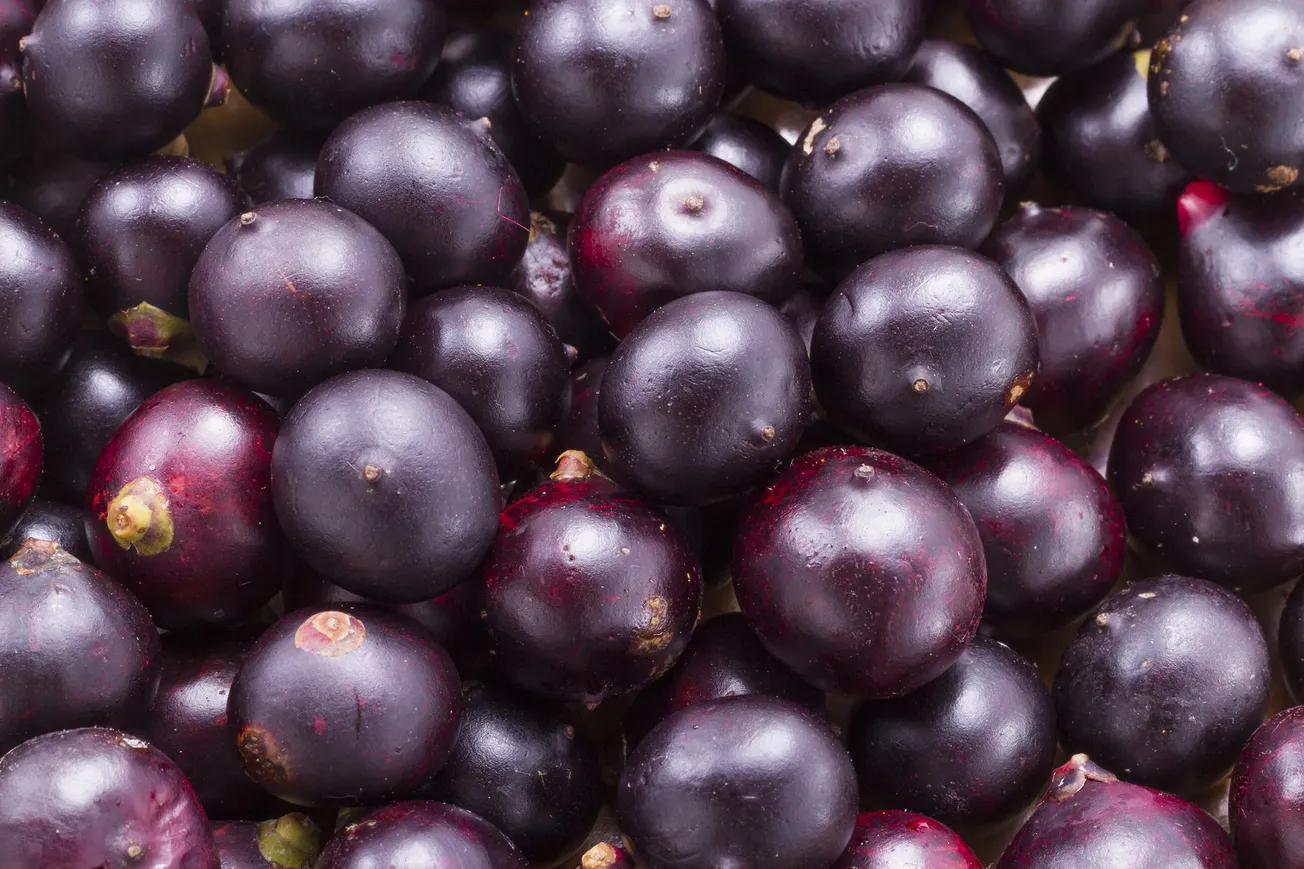Table of Contents
\boxed{
Guavas: The Tropical Powerhouse – A Comprehensive Guide
From lush orchards to global markets, guavas (Psidium guajava) are celebrated for their vibrant flavor, nutritional richness, and versatility. This article explores their global varieties, cultivation practices, health benefits, culinary uses, and economic impact.
1. Global Varieties of Guavas
Guavas come in diverse cultivars, categorized by flesh color and flavor:
- Apple Guava: Pink or white flesh, sweet-tart flavor (most common globally).
- Strawberry Guava (Psidium cattleianum): Small, red-purple, berry-like taste.
- Lemon Guava: Yellow skin, tangy citrus notes.
- Thai Maroon: Deep red flesh, intensely sweet (popular in Southeast Asia).
- Mexican Cream: Creamy texture, mild sweetness.
2. Taste & Culinary Uses
- Flavor Profile: Ranges from sweet (ripe) to tangy (unripe), with floral and tropical notes.
- Usage:
- Fresh: Eaten raw, sprinkled with chili salt, or added to salads.
- Juices/Smoothies: Blended with mint or pineapple.
- Cooking: Curries, chutneys, and glazes for meats (e.g., Cuban guava barbecue sauce).
- Baking: Pastries, tarts, and guava pastelitos (Latin American turnovers).
3. Nutrition & Health Benefits
- Nutritional Value (per 100g):
- Calories: 68 | Fiber: 5.4g (21% DV) | Vitamin C: 228% DV | Folate: 12% DV
- Glycemic Index (GI): 24–33 (very low), ideal for diabetics.
- Health Benefits:
- Immune Boost: One guava provides 4x the vitamin C of an orange.
- Digestive Health: High fiber alleviates constipation.
- Antioxidants: Lycopene (in pink varieties) reduces cancer risk.
4. Cultivation & Climate Requirements
- Ideal Conditions:
- Climate: Tropical/subtropical (25–30°C); frost-sensitive.
- Soil: Well-drained, pH 4.5–7.0; tolerates poor soils.
- Rainfall: 1,000–2,000 mm annually.
- Pollination: Self-pollinating, but bees enhance yields.
5. By-Products & Processing
- Guava Paste (Bocadillo): Sweetened pulp used in Latin desserts.
- Jams/Jellies: High-pectin content ensures natural gelling.
- Dried Guava: Dehydrated slices or rolls (popular in Asia).
- Leaf Products: Tea for digestive issues; extracts in cosmetics.
6. Storage & Preservation
- Fresh:
- Refrigerate ripe guavas (up to 1 week); store unripe at room temperature.
- Freezing:
- Puree or slice; freeze in airtight bags (6–8 months).
- Drying: Dehydrate at 60°C for 12–18 hours.
7. Culinary Uses & Quick Recipes
- Guava Cheese Pastries:
- Fill puff pastry with guava paste and cream cheese; bake at 190°C for 15 mins.
- Guava Mojito:
- Muddle guava chunks with mint, lime, and rum; top with soda.
8. Major Producers, Exporters & Importers
- Top Producers (2023):
- India (25M+ tons; largest global producer).
- Mexico (500,000 tons; key exporter to the USA).
- Brazil (400,000 tons; guava pulp leader).
- Thailand (300,000 tons; dried guava exporter).
- Leading Exporters: Mexico, Brazil, South Africa, Thailand.
- Key Importers: USA, EU, UAE, Japan.
9. Return on Investment (ROI)
- Costs:
- Initial Setup: $3,000–$5,000/hectare (saplings, irrigation).
- Maintenance: Pruning, pest control ($500–$1,000/hectare annually).
- Yield: 15–25 tons/hectare (mature trees).
- Profitability: Fresh guavas sell for $1–$3/kg; processed products earn 50–100% margins.
10. Challenges & Innovations
- Pests/Diseases: Fruit flies, anthracnose, and guava wilt.
- Solutions: Resistant cultivars (e.g., Allahabad Safeda), integrated pest management.
- Sustainability: Organic farming, solar drying, and zero-waste processing (using peels for pectin).
Conclusion
Guavas, a symbol of tropical abundance, thrive from India’s plains to Mexico’s coastlines. Their nutritional prowess and culinary flexibility make them a global favorite. Whether savored fresh, blended into a drink, or baked into a pastry, guavas offer a taste of the tropics and a boost of vitality.
Pro Tip: Pair guava with cheese for a sweet-savory snack!
Savor the guava – where flavor meets nourishment. 🍈









